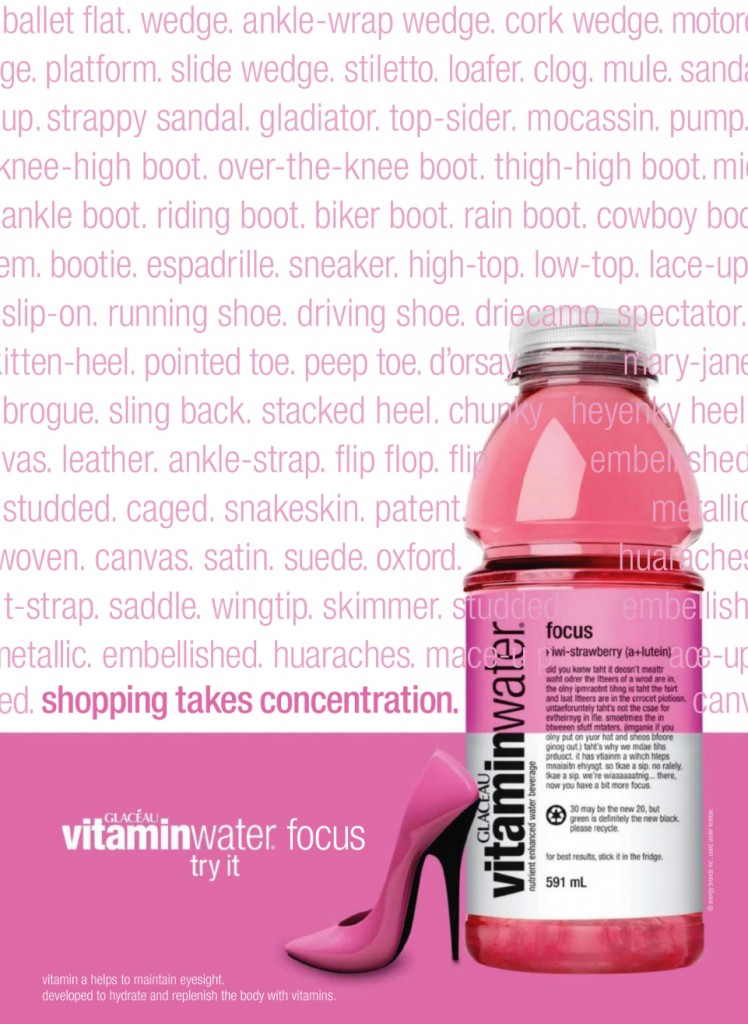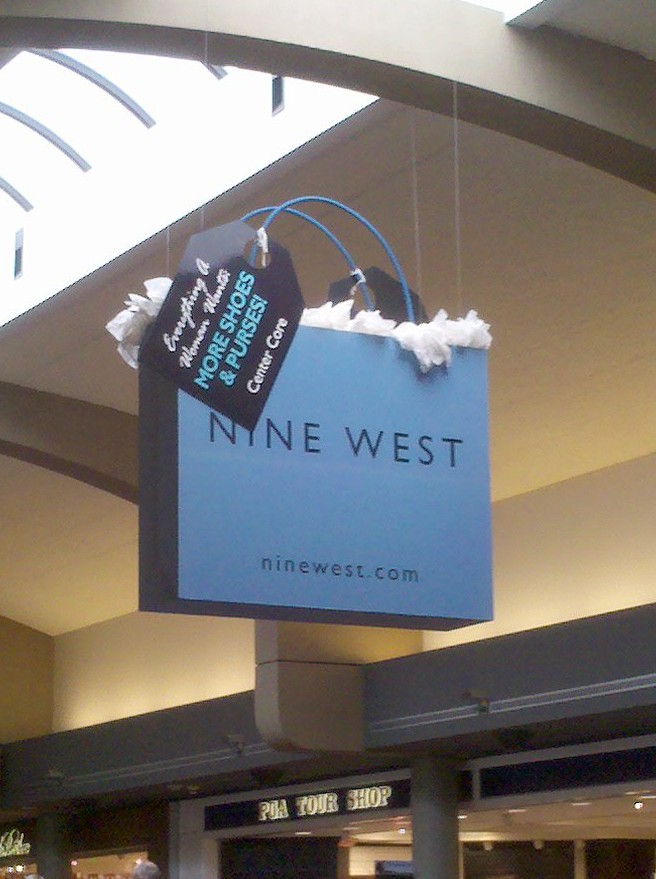Rachel O., writing from New Zealand, sent in an interesting example of gendered energy drinks. Other than their being gendered, I thought there were two things worth noting.
First, the only difference between the male and female version of the drink (other than the marketing, which is downright diametrical) is the number of calories. The female version, Angel, is low calorie; the male version, Demon, is not. So dieting, an imperative towards thinness, and femininity (not to mention innocence) are all lumped together in the marketing of the product.
Demon (don’t click… loud, scary music):
Angel (safe to click):
The second thing I thought was interesting about these two drinks was that it took a lot of digging to find evidence that they were made by the same company (though I finally found it here). As far as I can tell, neither website admits the existence of the other. This is a really strong separation of the two products, as if femininity and masculinity threaten to spoil each other, it’s best to keep them as far away from one another as possible. God forbid we know that the makers of the aggressive Demon drink sissy it up to also make the sweet, low cal Angel drink. Best to keep our masculinity and femininity pure.
This reminds me of the fact that Dove and Axe are owned by the same company. The two products are sold with divergent marketing campaigns — the former claims to empower women, the latter produces some of the most sexist advertising on TV — but they are both part of Unilever. Only our ignorance of this fact makes Dove’s marketing strategy seem earnest.
Lisa Wade, PhD is an Associate Professor at Tulane University. She is the author of American Hookup, a book about college sexual culture; a textbook about gender; and a forthcoming introductory text: Terrible Magnificent Sociology. You can follow her on Twitter and Instagram.











